Your search for treasure need go no further. National parks - your national treasures - are right here at your fingertips. They are a bounty shared by all Americans.
Listed below are units of the National Park Service boasting tales of piracy and privateering. From forts and seashores to ports of call, these national parks have it all.
You can also search for other national parks based on interesting topics by visiting our Advanced Search.
-
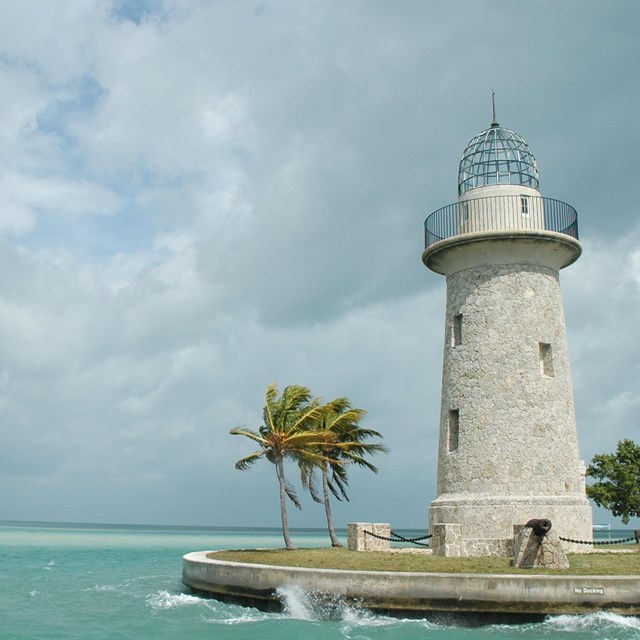 A Superhighway of Shipping TrafficBiscayne National Park
A Superhighway of Shipping TrafficBiscayne National ParkThe outer waters of Biscayne National Park have long been a superhighway for maritime trade including pirates and privateers.
-
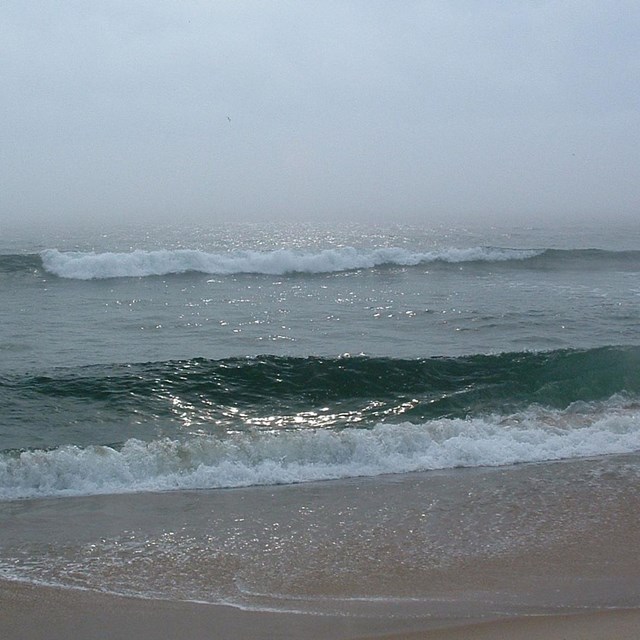 Home to a famous pirate shipwreckCape Cod National Seashore
Home to a famous pirate shipwreckCape Cod National SeashoreThe slave merchant and pirate ship Whydah met its end just offshore of Cape Cod National Seashore's Marconi Beach.
-
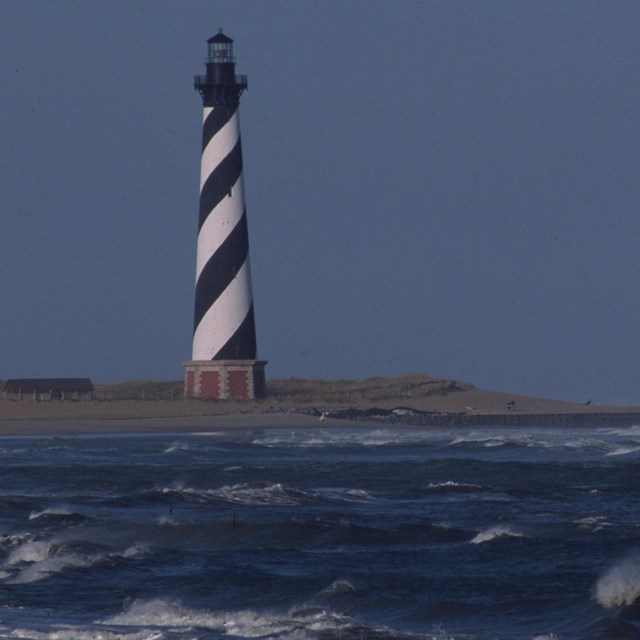 Walk in Blackbeard's FootstepsCape Hatteras National Seashore
Walk in Blackbeard's FootstepsCape Hatteras National SeashoreOcracoke Island, part of Cape Hatteras National Seashore, has a long history of pirates using its sheltered coves.
-
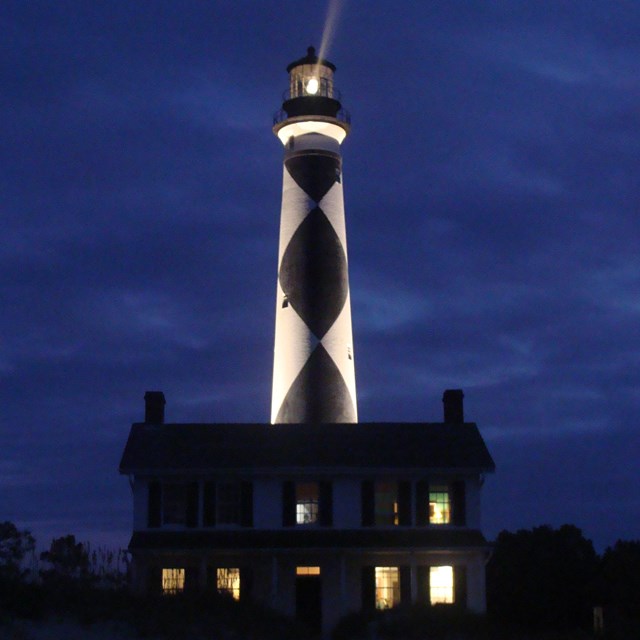 The Beginning of Blackbeard's EndCape Lookout National Seashore
The Beginning of Blackbeard's EndCape Lookout National SeashoreThere are many shipwrecks in the waters near Cape Lookout, including two of Blackbeard’s ships which ran aground in nearby Beaufort Inlet.
-
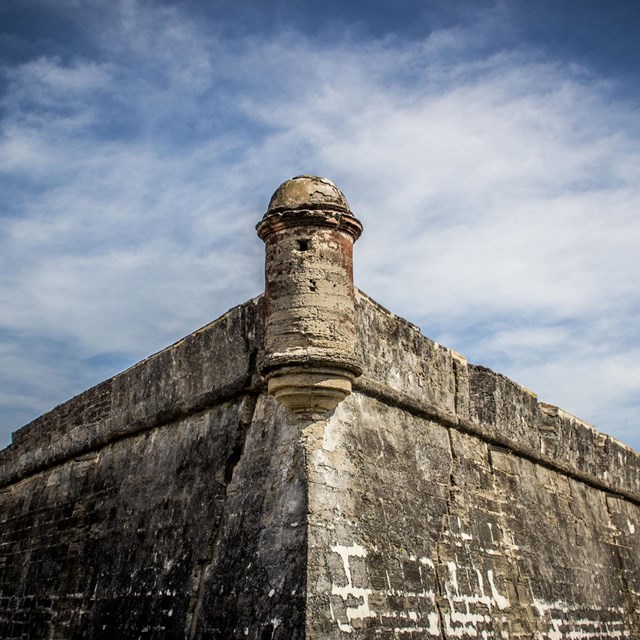 Built because of piratesCastillo de San Marcos National Monument
Built because of piratesCastillo de San Marcos National MonumentConstructed to protect St. Augustine, this site, the oldest masonry fort in the US, defended against a 1668 attack by the pirate John Davis.
-
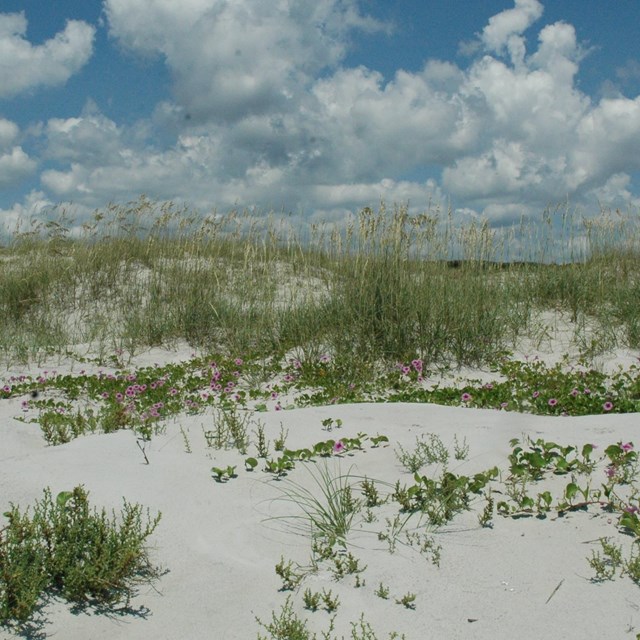 Attacked by pirates, twice!Cumberland Island National Seashore
Attacked by pirates, twice!Cumberland Island National SeashoreIn 1684, two separate attacks by French and English pirates destroyed Spanish missions and drove away Spanish inhabitants of the island.
-
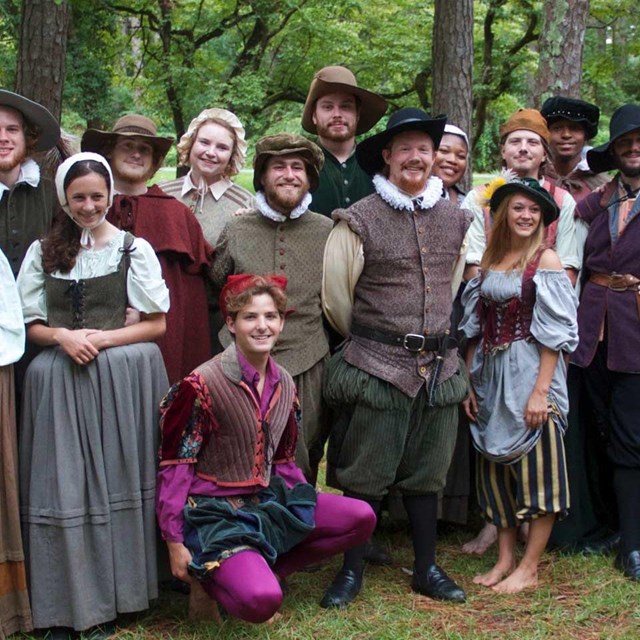 Privateering for a new colonyFort Raleigh National Historic Site
Privateering for a new colonyFort Raleigh National Historic SiteOne of Sir Walter Ralegh's main sources of income came from privateering enterprises. This site's history doesn't stop there.
-
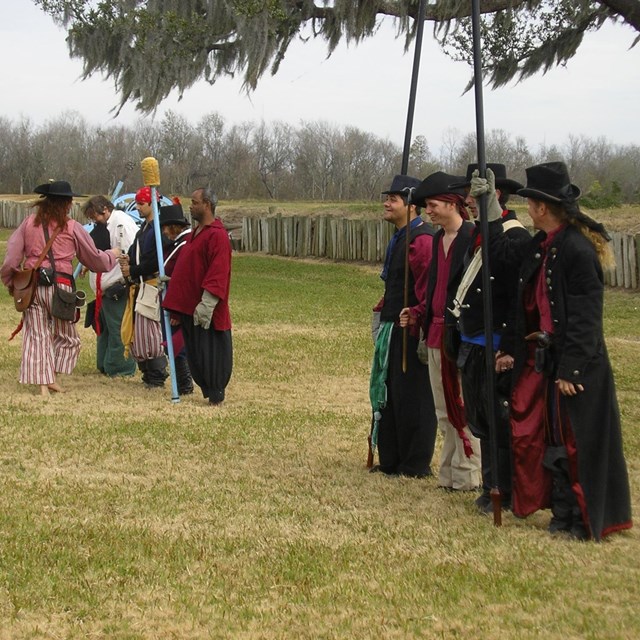 Pirate? Patriot? or Both?Jean Lafitte NHPP
Pirate? Patriot? or Both?Jean Lafitte NHPPLafitte’s image changed from pirate to patriot during the War of 1812 when he aided American authorities during the Battle of New Orleans.
-
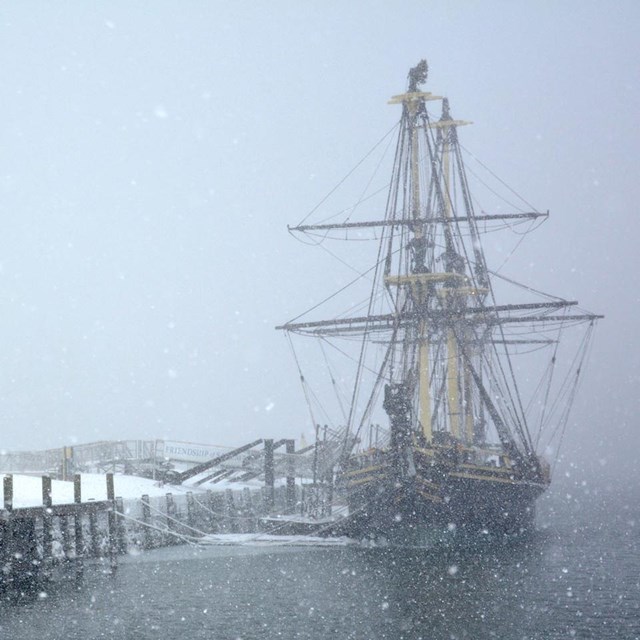 A Port for the AgesSalem Maritime National Historic Site
A Port for the AgesSalem Maritime National Historic SiteExperience the story of the sailors, Revolutionary War privateers, and merchants who brought the riches of the world to a new America!
-
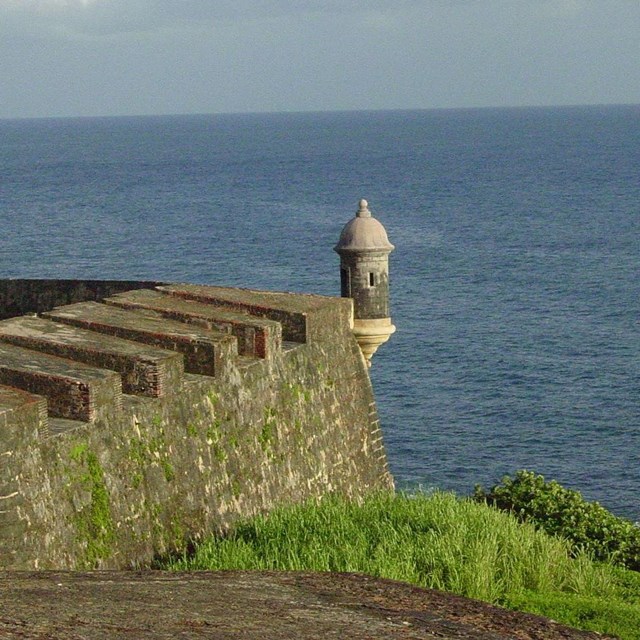 Defender of San JuanSan Juan National Historic Site
Defender of San JuanSan Juan National Historic SiteDutch pirates attacked San Juan in 1625, capturing the city but not the fort.
-
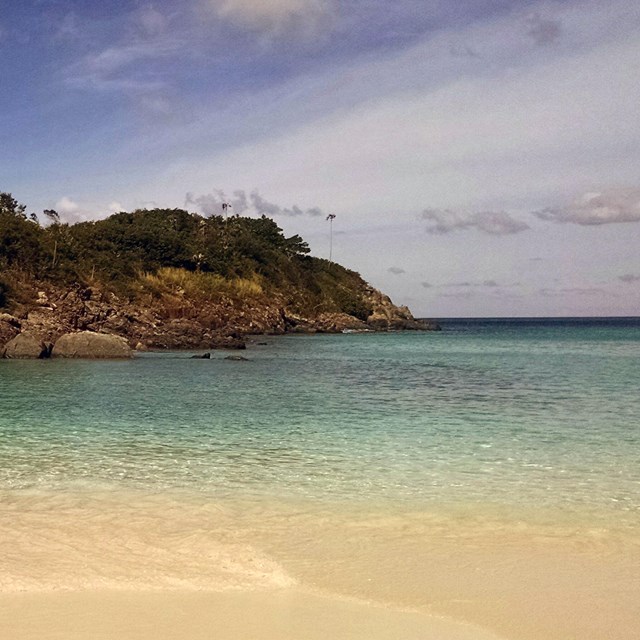 Pirates in the CaribbeanVirgin Islands National Park
Pirates in the CaribbeanVirgin Islands National ParkOne only need look at the names of Privateer Bay and Rendezvous Bay, among others, to see the long history of piracy in the Virgin Islands.
Last updated: August 23, 2018
